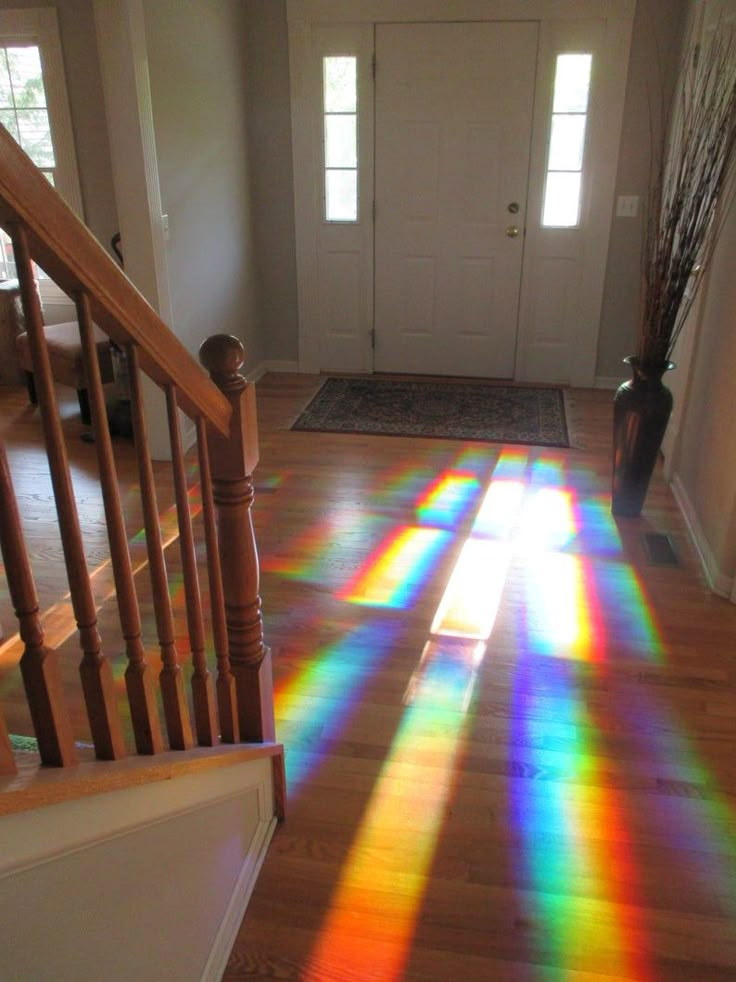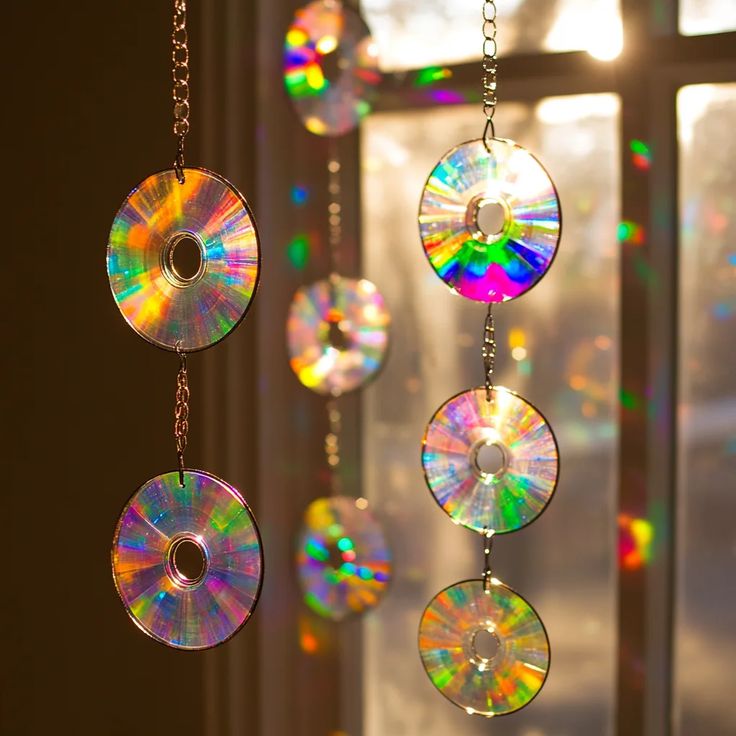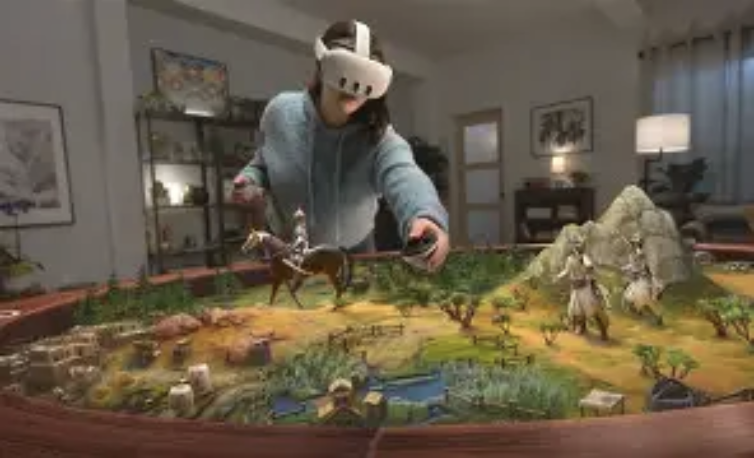Miniature rainbow in the universe
On a clear night, when you look up at the starry sky, have you ever wondered what those distant stars have brought us besides light? I'm not talking about romantic imagination, but the real cosmic dust that is too small for you to imagine. Floating in space, they are the original materials that make up planets, stars and even life.

And what I want to talk about today is a special existence of these "stardust", the micrometeorite. They are tiny particles that enter the earth's atmosphere from outer space, usually less than 2 mm in diameter. You may think it's far away, but in fact, they are all around us and may even fall on your roof every day. It is estimated that about 5,200 tons of micrometeorite land on the earth every year. Is this figure beyond imagination?
Imagine that the casual dust on the glass of your window may be mixed with visitors from Mars or even more distant galaxies. I once saw an interesting experiment on the internet: a scientist installed a rainwater collector on his roof, and after filtering and magnetic separation, he actually found these tiny cosmic visitors from it. Most of them are spherical, with smooth surfaces and shining metallic luster under the microscope. These tiny spheres, known as cosmic spheres, were formed when micrometeorite passed through the atmosphere and melted and solidified due to intense friction. They are like miniature souvenirs from the universe.

These micrometeorite are not the same. They have different compositions, some of which are rich in iron and nickel, like tiny magnets; Others are rich in silicates, like miniature rocks. By analyzing their chemical composition and isotopes, scientists can trace their origins. For example, the isotopic proportions of some micrometeorite are similar to those of the early solar system, which provides valuable clues for us to study the birth of planets and stars.
For me, the most romantic discoveries are those tiny rainbows hidden in the micrometeorite. In polarization microscope, some silicate micrometeorite will show colorful optical effects. This is because the mineral crystal structure inside them is unique, and under the refraction of light, it produces a rainbow-like dispersion phenomenon. These tiny rainbows, which are invisible to human eyes, are secret gifts from the universe to the earth. They lie quietly in the soil and on the roof, waiting to be discovered, as if whispering the ancient story of the universe.

The next rainy day, you listen to the sound of rain dripping on the eaves. Imagine that every drop of rain may contain a miniature rainbow from the depths of the universe. They traveled hundreds of millions of light-years just to meet us. These tiny stardust make us realize that the universe is not out of reach, and it has integrated into our daily life in a most unexpected way. The land under our feet and the air we breathe may all contain marks from distant stars. Isn't this the most romantic and shocking discovery? The grandeur and smallness of the universe are intertwined around us, waiting for us to explore and discover with our heart.
(Writer:Juliy)





